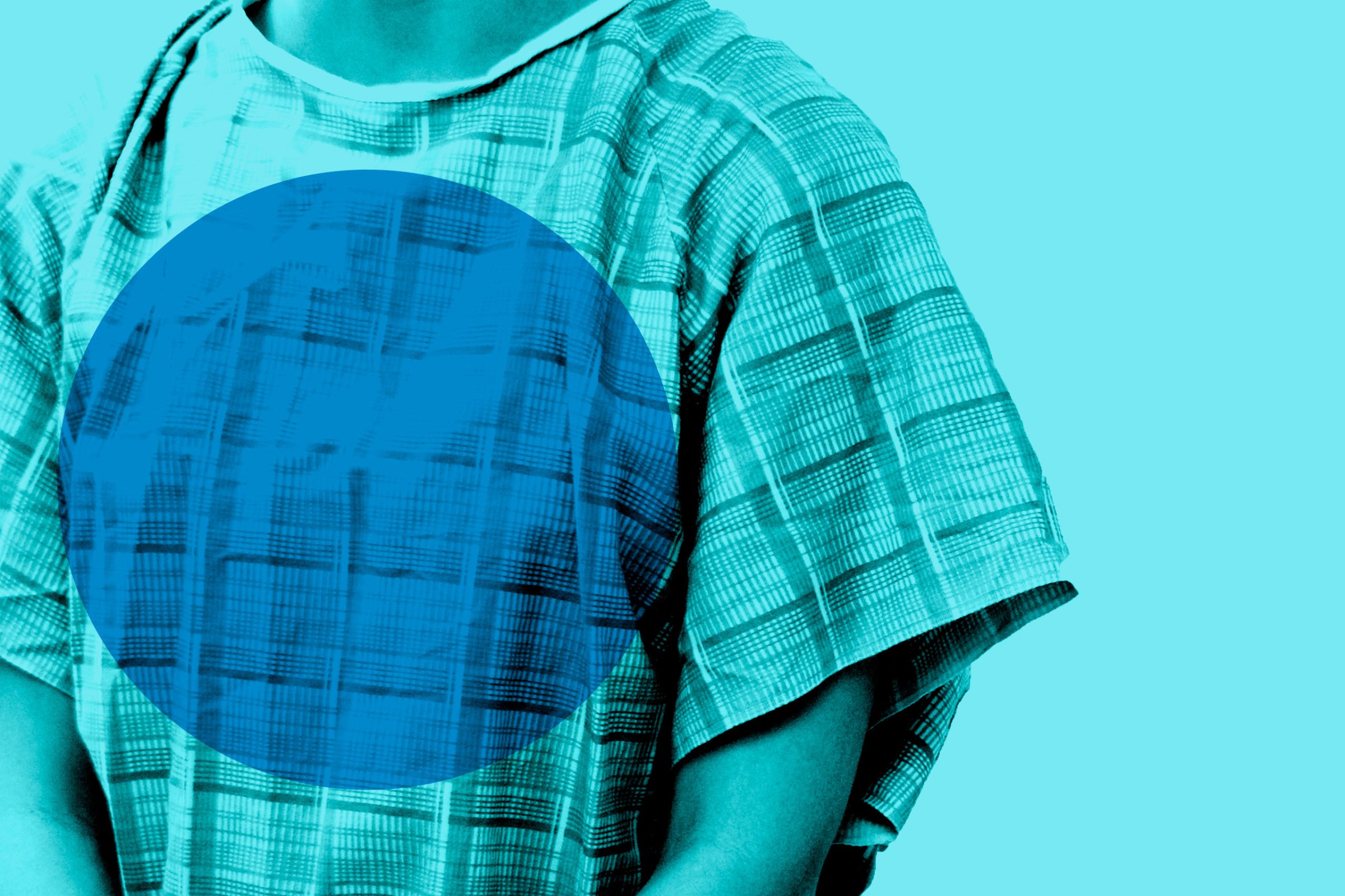
New research adds fuel to the movement toward more personalized treatments for cancer.
In two corresponding studies published Monday in the journals Nature and Nature Communications, researchers sequenced the genomes of 560 breast cancers from people around the world and discovered five new genes that may spur breast cells to turn into breast cancer cells. The report marks the largest whole-genome sequencing study of a single cancer type.
“We wanted to be able to profile each cancer patient, to see if we could further our understanding of personal cancer genomes,” says lead study author Dr. Serena Nik-Zainal of the Wellcome Trust Sanger Institute in an email to TIME.
The research team was also able to identify 13 gene mutation patterns, called mutational signatures. These signatures are imprints of the biological processes that go awry in cells when they turn into cancer, says Nik-Zainal. “We can pull all this data together—the genes and the mutation patterns in each patient—[to] determine the personalized genomic profile of each cancer patient and through comparing and contrasting these patients, learn a lot about individual patient cancers,” she says.
The researchers suggest that the distinctiveness of breast cancer profiles could eventually be used to identify other people with cancer with similar abnormalities.
In the study published in Nature Communications the researchers observed that the mutations that appear in cancer vary in terms of where they occur throughout the genome. “We know genetic changes and their position in the cancer genome influence how a person responds to a cancer therapy… This study both gave us the first large-scale view of the rest of the genome, uncovering some new reasons why breast cancer arises, and gave us an unexpected way to characterize the types of mutations that happen in certain breast cancers,” said study author Dr. Ewan Birney of the European Bioinformatics Institute in a statement.
Nik-Zainal says the next step for the research is to use the genomic data in clinical trials to test different drugs. “I envision a future where we would all get our bits of tumor and biopsied tissue sequenced at the point of suspicion of cancer,” she says. “This should help us know all the important genes and all the important signatures that are present and give us critical clinical interpretation that then could help guide treatment options.”
She adds: “As we gather more a more data, we will learn more about each cancer and improve on our methods to treat everyone more efficiently and more effectively.”
More Must-Reads from TIME
- Cybersecurity Experts Are Sounding the Alarm on DOGE
- Meet the 2025 Women of the Year
- The Harsh Truth About Disability Inclusion
- Why Do More Young Adults Have Cancer?
- Colman Domingo Leads With Radical Love
- How to Get Better at Doing Things Alone
- Michelle Zauner Stares Down the Darkness
Contact us at letters@time.com